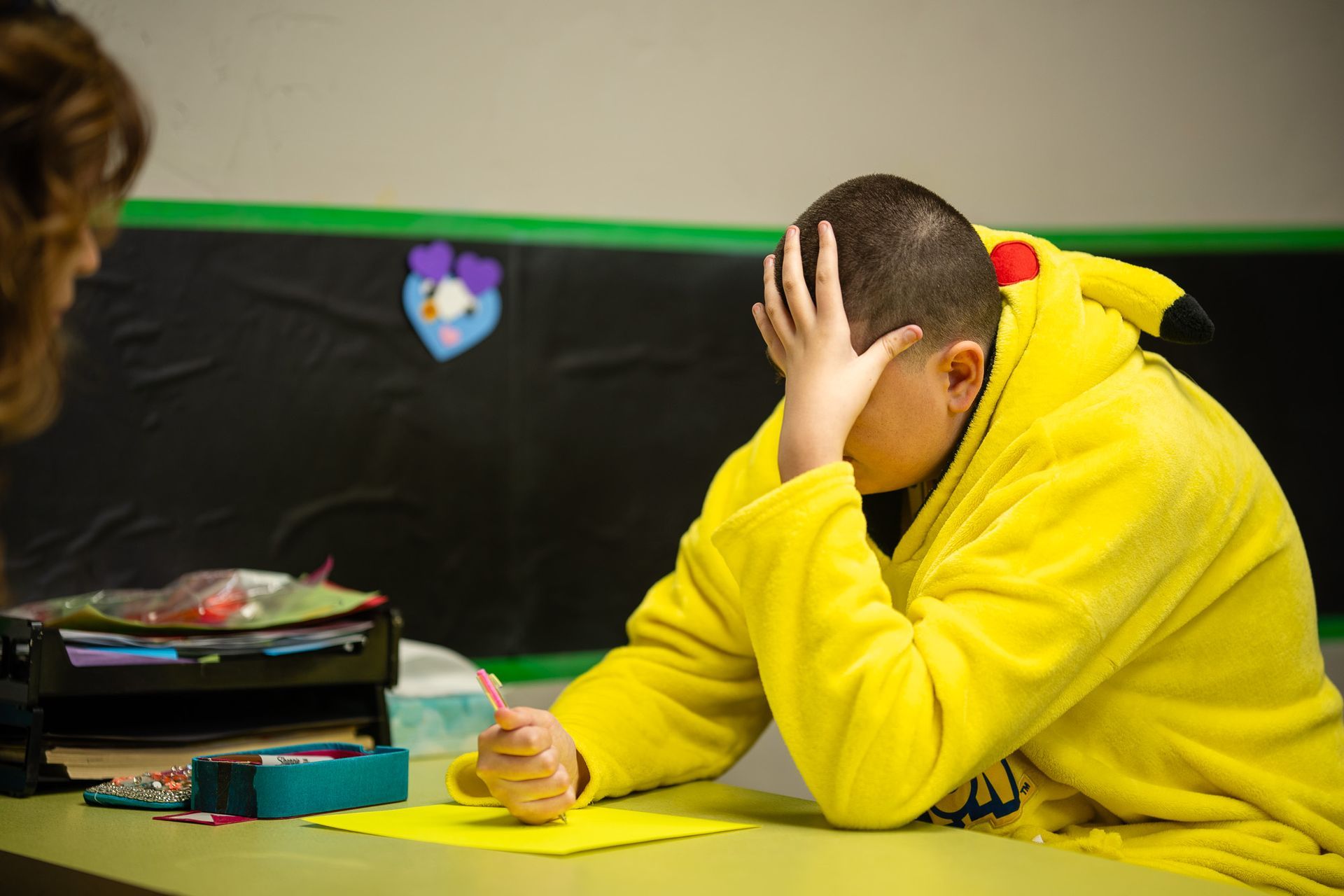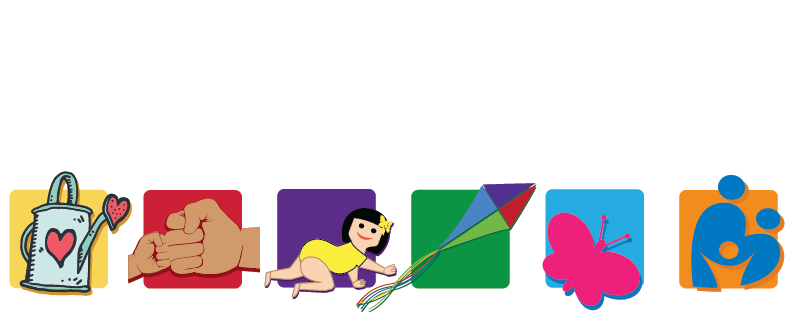AUTISM AND ABA
Welcome to our comprehensive guide on autism and Applied Behavior Analysis (ABA) therapy. This page is designed to provide families with the information they need to understand autism spectrum disorder and how ABA therapy can support children in achieving meaningful growth and success.
Understanding the Basics
What is Autism?
Autism spectrum disorder (ASD) is a neurological and developmental condition that typically appears before age 3. It can affect how children communicate, relate to others, and respond to their surroundings. Early recognition can make a meaningful difference. Children with autism may face challenges in three key areas:

Understanding the Range
a Spectrum Disorder
Autism affects each person differently, with varying degrees of severity. Some children may have strong verbal skills but struggle socially, while others may have significant communication challenges but show interest in social interaction. Early diagnosis and intervention are crucial for helping children develop key skills for everyday life.
1 in 36 Children
Centers for Disease Control and Prevention (2023)
1 in 45 Adults
National and State Estimates of Adults with Autism (2022)
ABA therapy is suitable for children across the autism spectrum, from low to high support needs individuals.
What is ABA?
Applied Behavior Analysis (ABA)
ABA therapy is an evidence-based treatment that helps children on the autism spectrum build essential life skills, from communication to social interactions. By using positive reinforcement, ABA therapy encourages helpful behaviors and reduces behaviors that may interfere with development.
Key Components:
Positive Reinforcement
Encouraging desired behaviors by rewarding them.
Data-Driven Progress
Therapists track your child’s progress and adjust goals accordingly.
Individualized Treatment
Each child’s therapy plan is customized based on their strengths and challenges.
How ABA Works
Core Principles
ABA therapy is based on the principles of behavior science, with the goal of increasing positive behaviors and reducing behaviors that may interfere with learning and daily life. The therapy is highly individualized, meaning the goals and strategies are tailored to each child’s unique needs. ABA is guided by the 7 Dimensions of Applied Behavior Analysis (Applied, Behavioral, Analytic, Technological, Conceptually Systematic, Effective and Generality), ensuring meaningful and lasting results.

Is ABA Right for Your Child?
Let Us Help!
ABA therapy at Mariposa Autism Service Center is tailored to meet the needs of children across the autism spectrum, from those requiring minimal support to those with high support needs. We’re here to answer your questions and provide clarity as you navigate the next steps.



